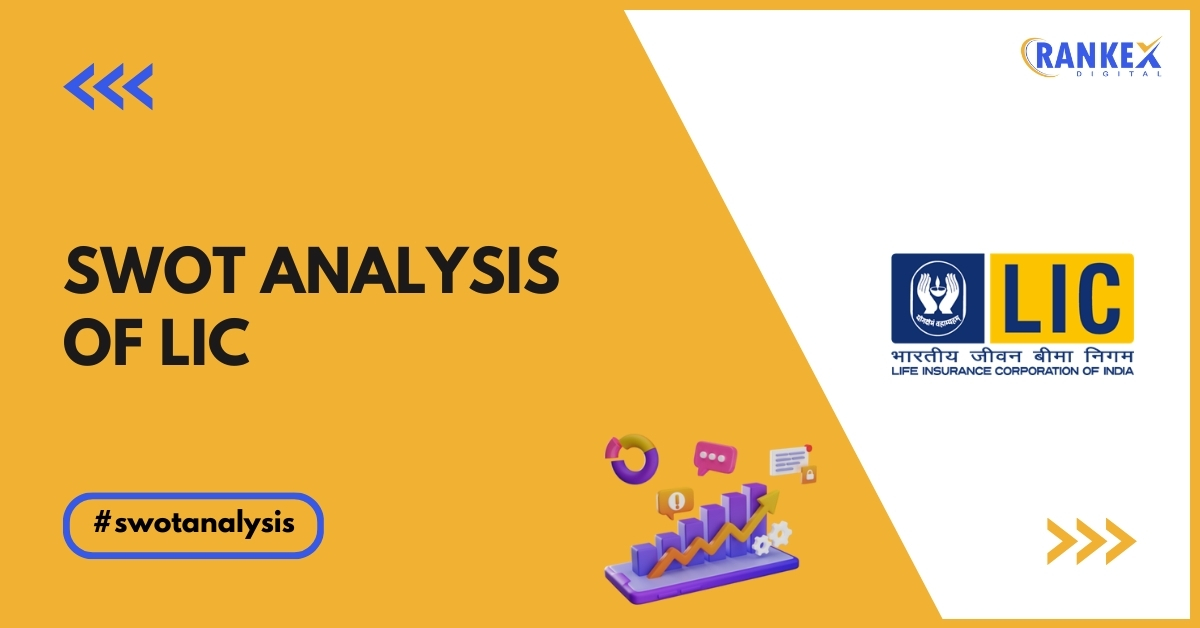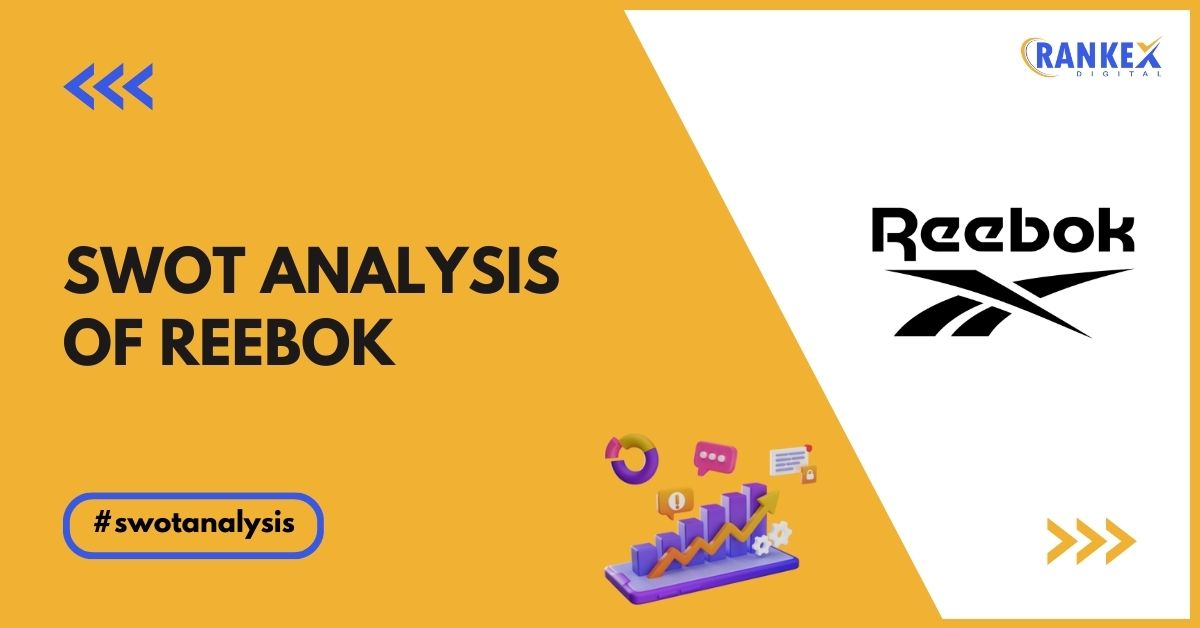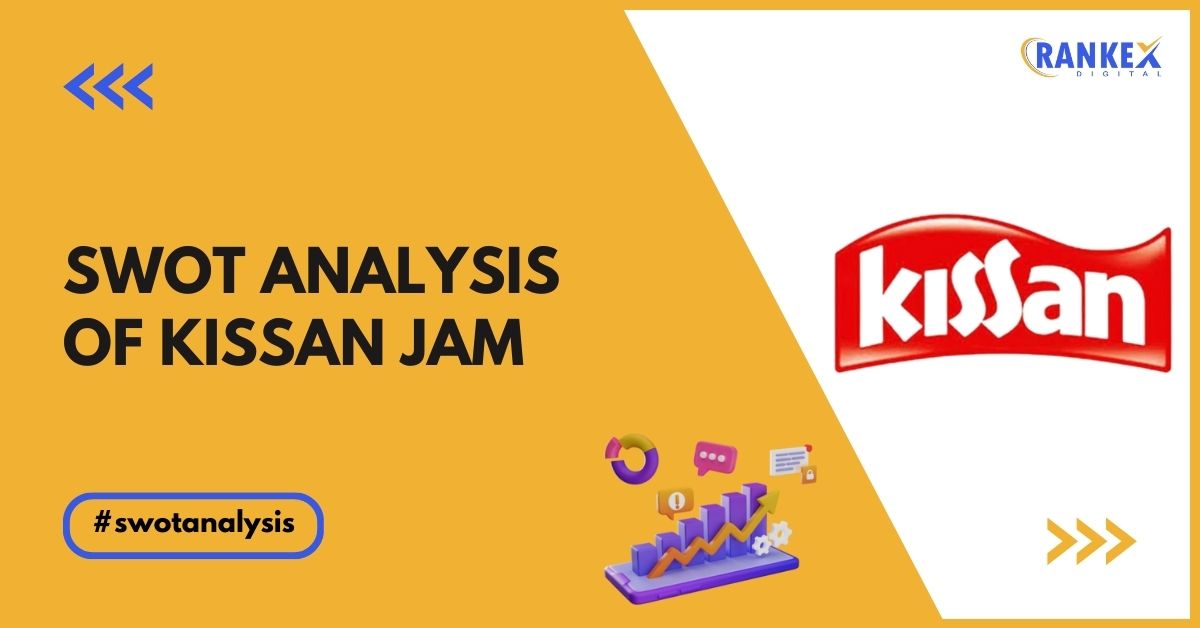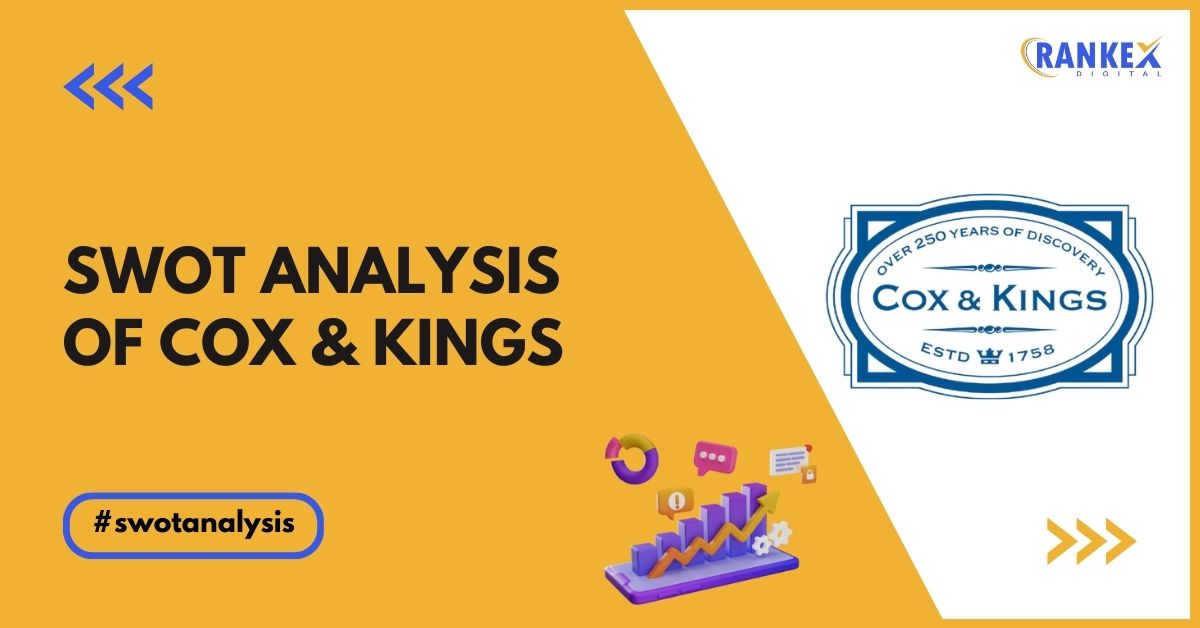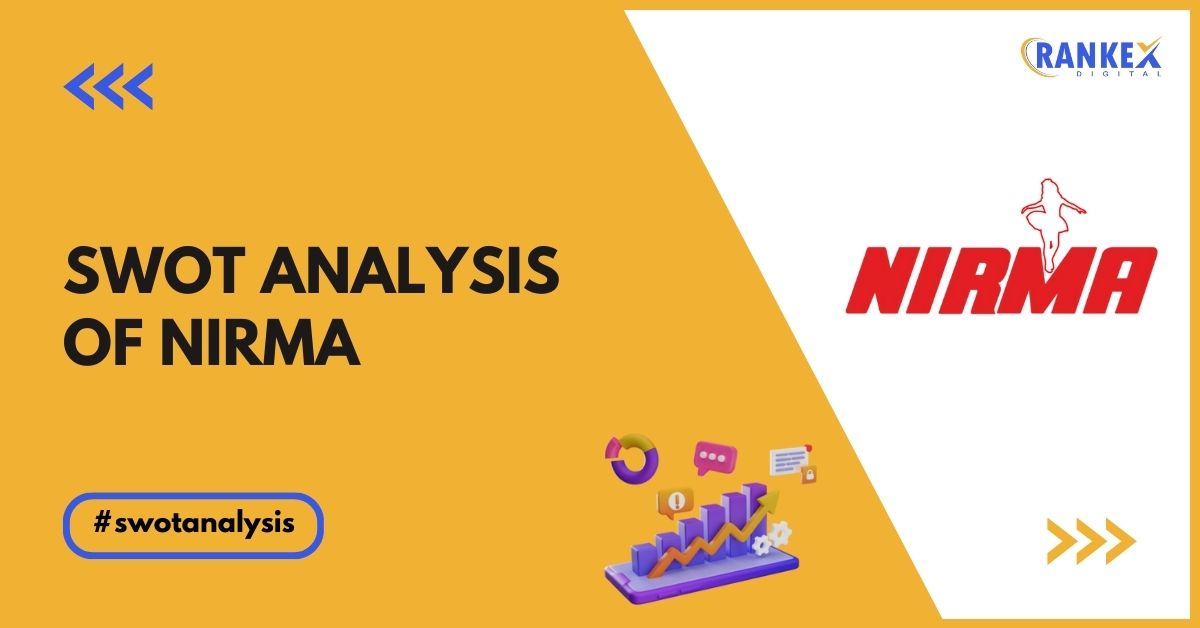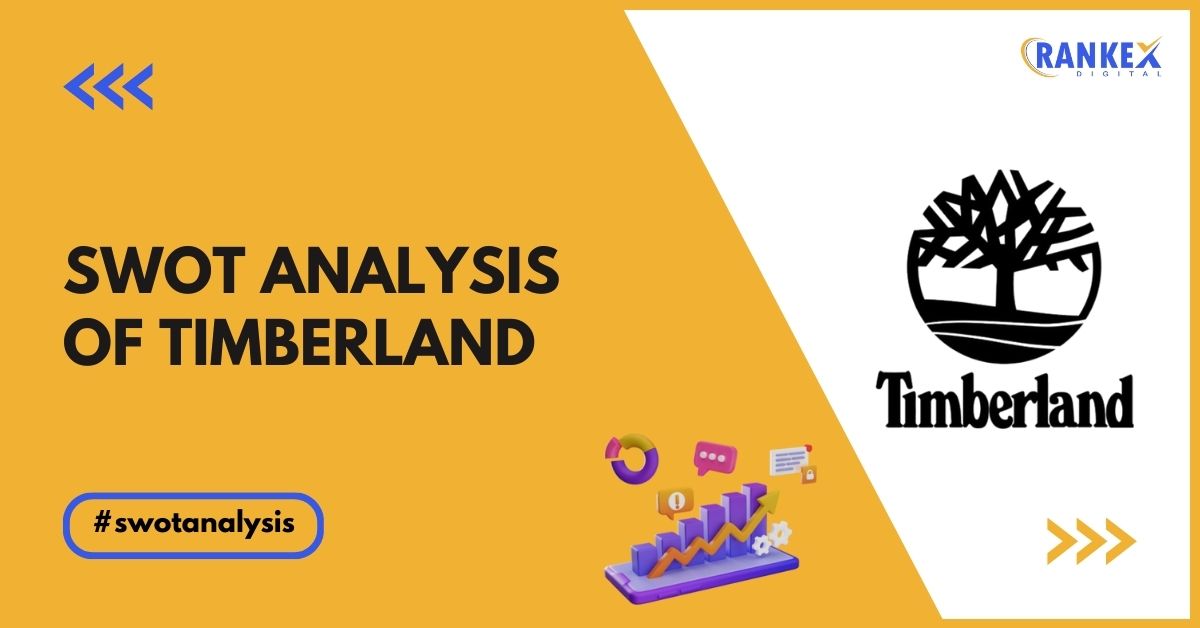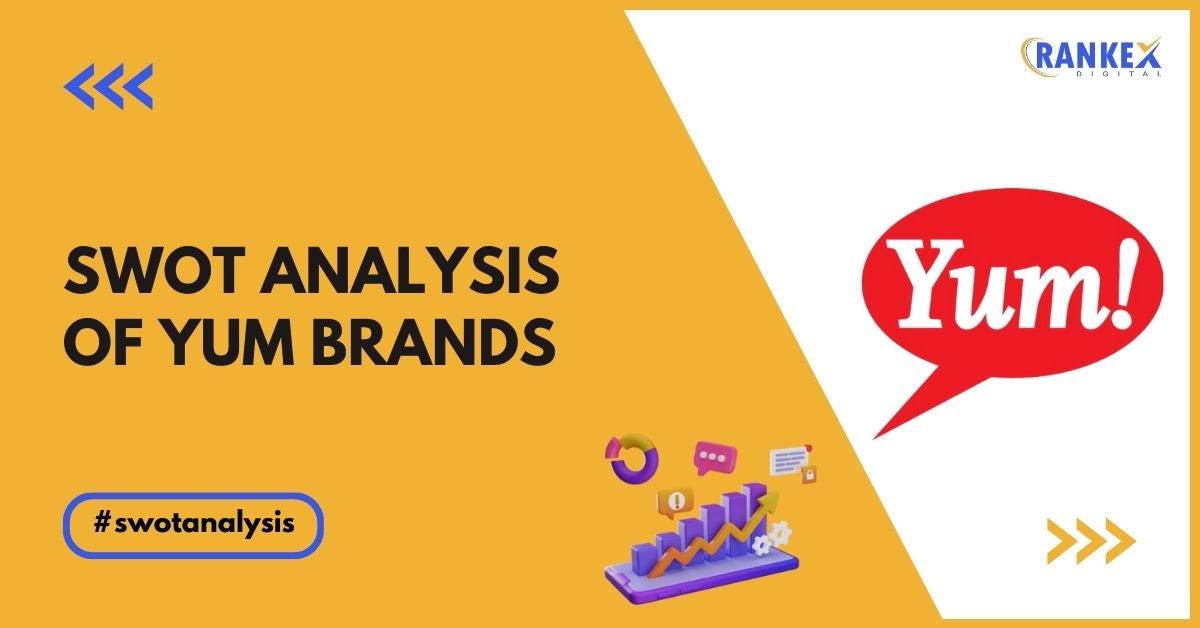The Life Insurance Corporation of India (LIC) is one of the largest and most prominent insurance companies in India.
Established in 1956, LIC has played a crucial role in the Indian insurance sector and has a significant market share.
This SWOT analysis of LIC provides insights into the company’s current strengths, weaknesses, opportunities, and threats in 2025.
Table of Contents
Overview of LIC
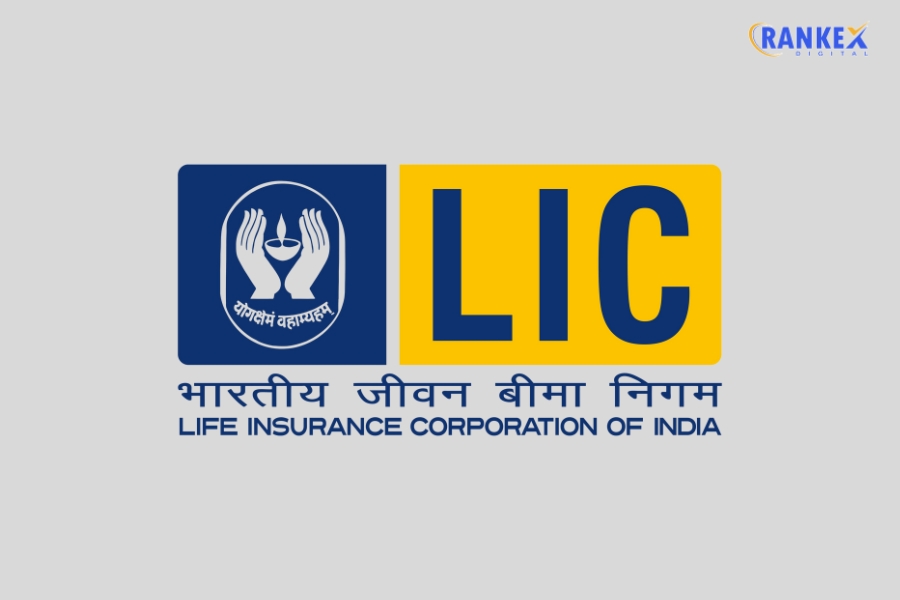
| Founder | Government of India |
|---|---|
| Year Founded | 1956 |
| Headquarters | Mumbai, India |
| Industry | Insurance |
| Market Share | 66% (Life Insurance Market in India) |
| Annual Revenue | ₹3.9 Trillion (FY 2023) |
| No. of Policies | 300+ Million |
LIC is a state-owned entity and is considered a major player in the Indian insurance sector, known for its extensive network and diverse insurance products. It has a strong reputation for trust and reliability among Indian consumers.
SWOT Analysis of LIC
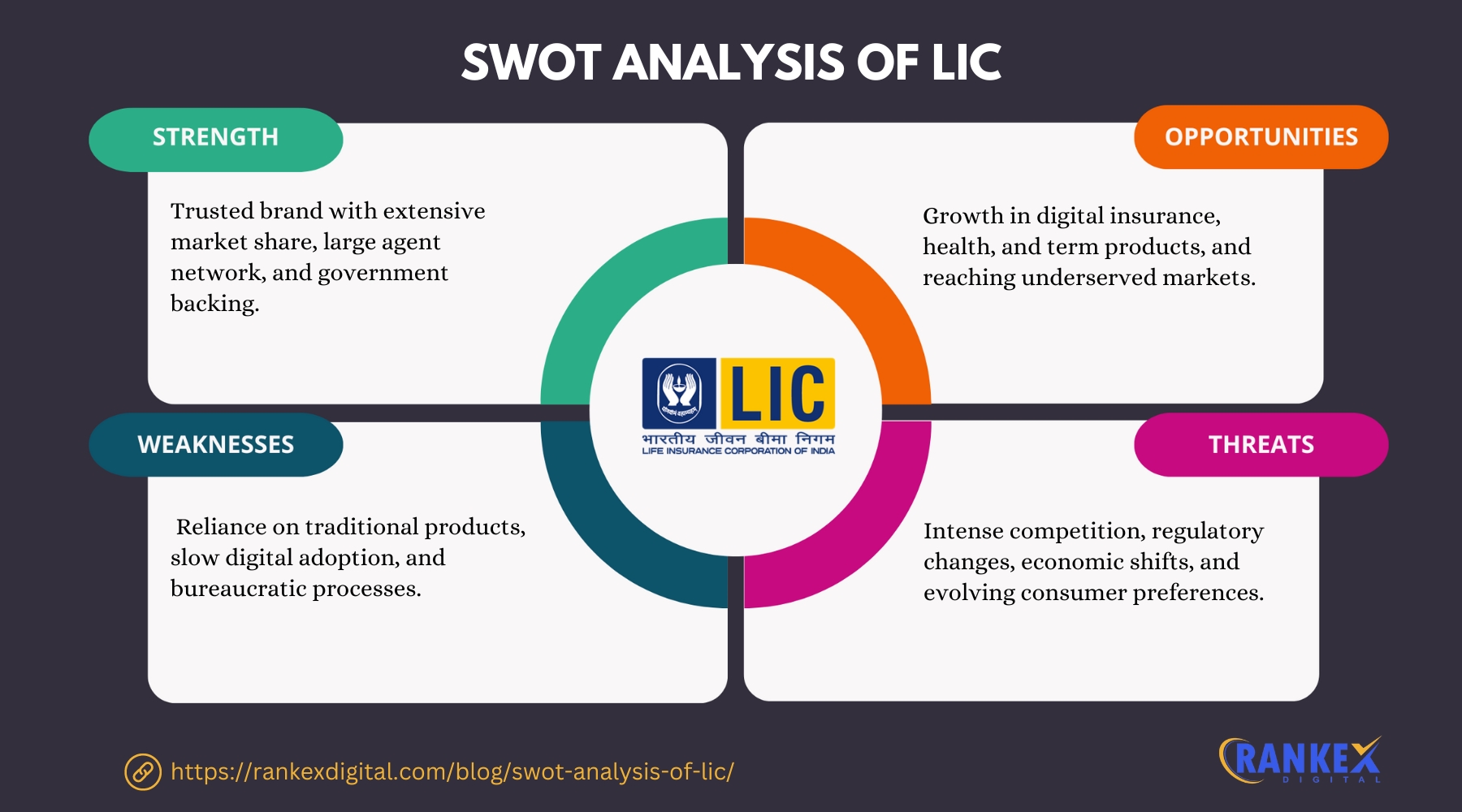
Strengths of LIC
- Dominant Market Position
LIC holds a commanding share of the Indian life insurance market, with over 66% market share. Its vast network of branches and agents gives it unparalleled reach and accessibility across urban and rural areas. - Strong Brand Reputation
LIC is well-regarded for its reliability and financial stability. The company’s long-standing presence and consistent performance have established it as a trusted brand in the Indian insurance industry. - Government Backing
As a state-owned entity, LIC benefits from the backing of the Indian government. This support enhances its credibility and provides a sense of security to policyholders. - Diverse Product Portfolio
LIC offers a comprehensive range of insurance products, including life insurance, health insurance, pension plans, and investment products. This diversification helps cater to various customer needs and preferences. - Extensive Distribution Network
LIC has an extensive network of over 2,000 branches and a large number of agents across India. This widespread presence ensures broad accessibility and customer engagement.
Weaknesses of LIC
- Slow Technological Adoption
LIC has been slower than some competitors in adopting new technologies and digital platforms. This lag in digital transformation could affect its ability to compete with more tech-savvy insurance companies. - Dependence on Traditional Products
LIC’s portfolio is heavily weighted towards traditional life insurance products, which may not align with the evolving preferences of younger customers who seek more flexible and modern insurance solutions. - Operational Inefficiencies
Due to its large size and bureaucratic structure, LIC may face operational inefficiencies and challenges in streamlining processes and enhancing customer service. - Limited International Presence
LIC’s operations are predominantly domestic, with limited international exposure. This lack of global diversification can restrict growth opportunities and make LIC more susceptible to domestic market fluctuations. - Regulatory Challenges
As a government-owned entity, LIC is subject to extensive regulatory scrutiny and compliance requirements, which can impact its operational flexibility and decision-making.
Opportunities for LIC
- Digital Transformation
Embracing digital technologies and online platforms presents an opportunity for LIC to enhance customer experience, streamline operations, and reach a wider audience. Investing in digital tools and mobile applications can attract tech-savvy customers. - Expansion of Product Offerings
LIC can explore opportunities to develop and offer innovative insurance products that cater to emerging trends, such as health insurance, micro-insurance, and customized investment plans. - Growing Insurance Penetration
With increasing awareness and need for insurance in India, LIC has the opportunity to expand its market presence by targeting underserved segments, particularly in rural areas. - Strategic Partnerships
Forming strategic alliances with financial institutions, technology companies, and international insurers can help LIC enhance its product offerings, distribution channels, and global reach. - Government Initiatives
Leveraging government initiatives and policies aimed at increasing insurance penetration and financial inclusion can provide LIC with additional growth opportunities and support.
Threats to LIC
- Intense Competition
The Indian insurance market is highly competitive, with numerous private and foreign insurers vying for market share. Competition from these players, particularly those offering innovative digital solutions, poses a threat to LIC’s market dominance. - Regulatory Changes
Changes in insurance regulations, tax laws, and compliance requirements could impact LIC’s operations and profitability. Keeping up with regulatory changes is crucial to avoid potential challenges. - Economic Fluctuations
Economic downturns and fluctuations in financial markets can affect LIC’s investment portfolio and revenue streams. Economic instability may also influence consumer spending on insurance products. - Changing Consumer Preferences
Shifts in consumer preferences towards more flexible and modern insurance products can pose a threat to LIC’s traditional offerings. Adapting to these changes is essential to remain competitive. - Fraud and Security Risks
As LIC expands its digital footprint, it becomes more susceptible to cybersecurity threats and fraud. Ensuring robust security measures and protecting customer data is critical to maintaining trust and reputation.
Competitors of LIC
- HDFC Life Insurance
A major private player in the Indian insurance sector, HDFC Life offers a wide range of insurance products and has a strong digital presence. - ICICI Prudential Life Insurance
ICICI Prudential is a leading private insurer known for its innovative products and strong distribution network. - SBI Life Insurance
SBI Life, part of the State Bank of India group, is a significant competitor with a comprehensive range of life insurance solutions and an extensive distribution network. - Max Life Insurance
Max Life is known for its diverse product offerings and customer-centric approach, competing strongly in the Indian insurance market. - Kotak Mahindra Life Insurance
Kotak Mahindra Life offers a range of life insurance products and has a growing presence in the Indian insurance sector.
Conclusion
LIC’s dominant market position, strong brand reputation, and extensive distribution network provide a solid foundation for its operations.
However, the company must address challenges such as slow technological adoption, operational inefficiencies, and intense competition.
By embracing digital transformation, expanding its product offerings, and leveraging government initiatives, LIC can continue to grow and maintain its leadership in the Indian insurance market.
Frequently Asked Questions
1. What are LIC’s strengths?
LIC’s strengths include its dominant market position, strong brand reputation, government backing, diverse product portfolio, and extensive distribution network.
2. What are LIC’s weaknesses?
LIC’s weaknesses include slow technological adoption, dependence on traditional products, operational inefficiencies, limited international presence, and regulatory challenges.
3. What opportunities does LIC have in the future?
Opportunities for LIC include digital transformation, expansion of product offerings, growing insurance penetration, strategic partnerships, and leveraging government initiatives.
4. What threats will LIC face in 2025?
LIC faces threats from intense competition, regulatory changes, economic fluctuations, changing consumer preferences, and fraud and security risks.
5. Who are LIC’s main competitors?
LIC’s main competitors include HDFC Life Insurance, ICICI Prudential Life Insurance, SBI Life Insurance, Max Life Insurance, and Kotak Mahindra Life Insurance.

